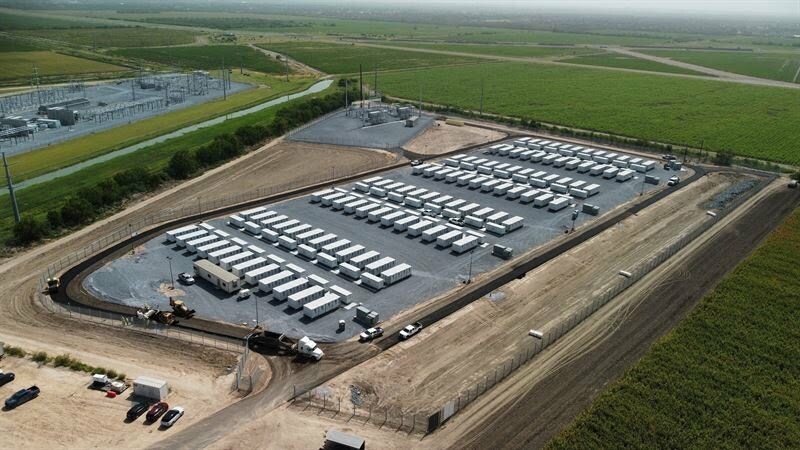
With the broad expansion of investment tax credit and production tax credit (PTC) programmes brought in with last year’s Inflation Reduction Act (IRA) legislation and set to remain in place until the early 2030s, there has been great positivity around the US energy storage industry.
This was especially the case as, for the first time, an ITC was introduced for standalone energy storage system (ESS) projects. Previously, only ESS charged directly from a co-located solar PV system for at least 70% of hours in the year was eligible for the incentive.
However, the introduction of the IRA’s complex, sweeping legislative changes was also accompanied by an inevitable increase in the level of legal expertise required to understand them. That has been cited as a likely reason why there have been periods of relative quiet for the industry in this year so far, as stakeholders including project developers and would-be financiers wrestled with different interpretations.
While there have been several ‘milestone’ announcements: the first project to leverage the ITC for standalone storage in February, recent tax credit transfer transactions and so on, Texas’ ERCOT, the US’ second-biggest regional market by deployment, saw no new large-scale storage facilities come online in Q2 of this year, for example.
The IRS noted that the new regulations, which are at the proposal stage, represent the first changes to the ITC rules since 1987. They provide definitions of ‘energy property’ which are eligible for the ITC, including equipment which was already covered prior to the IRA’s passing, such as combined heat and power systems, fuel cells and microturbines.
Of more interest to the energy storage industry will be new additions to that list, including energy storage technologies and microgrid controllers. The IRA also added new provisions that allow smaller projects to include interconnection costs to their credit amount.
The guidance was also important for the offshore wind sector, proposing which components in offshore wind projects would be covered by the incentive scheme’s assistance with capital costs.
The full 127-page guidance including the new Notice of Proposed Rulemaking (NPR) can be seen here.
SEIA, ACP, ACORE reactions
National trade associations American Clean Power Association (ACP), Solar Energy Industries Association (SEIA) and the American Council on Renewable Energy (ACORE) all put forward statements welcoming the new guidance.
ACP chief advocacy officer JC Sandberg said the clarification of eligibility would provide a powerful boost to the blossoming energy storage sector.
“There is seven times more utility-scale energy storage capacity today compared to the end of 2020,” Sandberg said, with the US thought to be closing in on about 15GW of installed storage.
“Today’s Treasury guidance will continue that momentum, providing necessary certainty for this growing industry.”
ACP represents member organisations in the solar PV, wind, energy storage and related industries, having been formed through a merger between a wind power trade association and the Energy Storage Association (ESA) a couple of years ago.
The certainty the new guidance could bring would help put energy storage and other clean technologies onto a more level playing field of competition, ACORE president and CEO Greg Whetstone said.
“Thanks to the IRA, clean energy businesses now have access to a stable tax platform like the one enjoyed by the fossil fuel sector for more than a century, but to fully take advantage of these benefits, they need to understand how the provisions work,” Whetstone said.
“The tax guidance released today provides important clarity to developers and investors looking to further America’s energy transition.”
Finally, SEIA’s CEO and president Abigail Ross Hopper similarly applauded the guidance, especially the inclusion of definitions of how storage deployed with solar PV will be able to avail of the ITC, something the SEIA had strongly advocated for.
Noting that more than US$100 billion of clean energy investment commitments have been announced since the passing of the IRA, Hopper said that the economic growth those investments would create “can’t materialise without clear rules for each provision in the law”.
“Today’s proposal provides more clarity and will help to drive clean energy deployment in the United States.”
Nonetheless, Hopper said the SEIA would be looking closely at the proposed guidance for signs that any of its contained provisions and definitions had the potential to backfire.
“Today’s announcement is good news for America’s clean energy economy. However, given the economic headwinds that many solar and storage companies are facing, we are continuing to fully evaluate the details in this guidance to guard against any potential unintended consequences that might undermine our ability to rapidly deploy clean energy projects of all sizes.”

